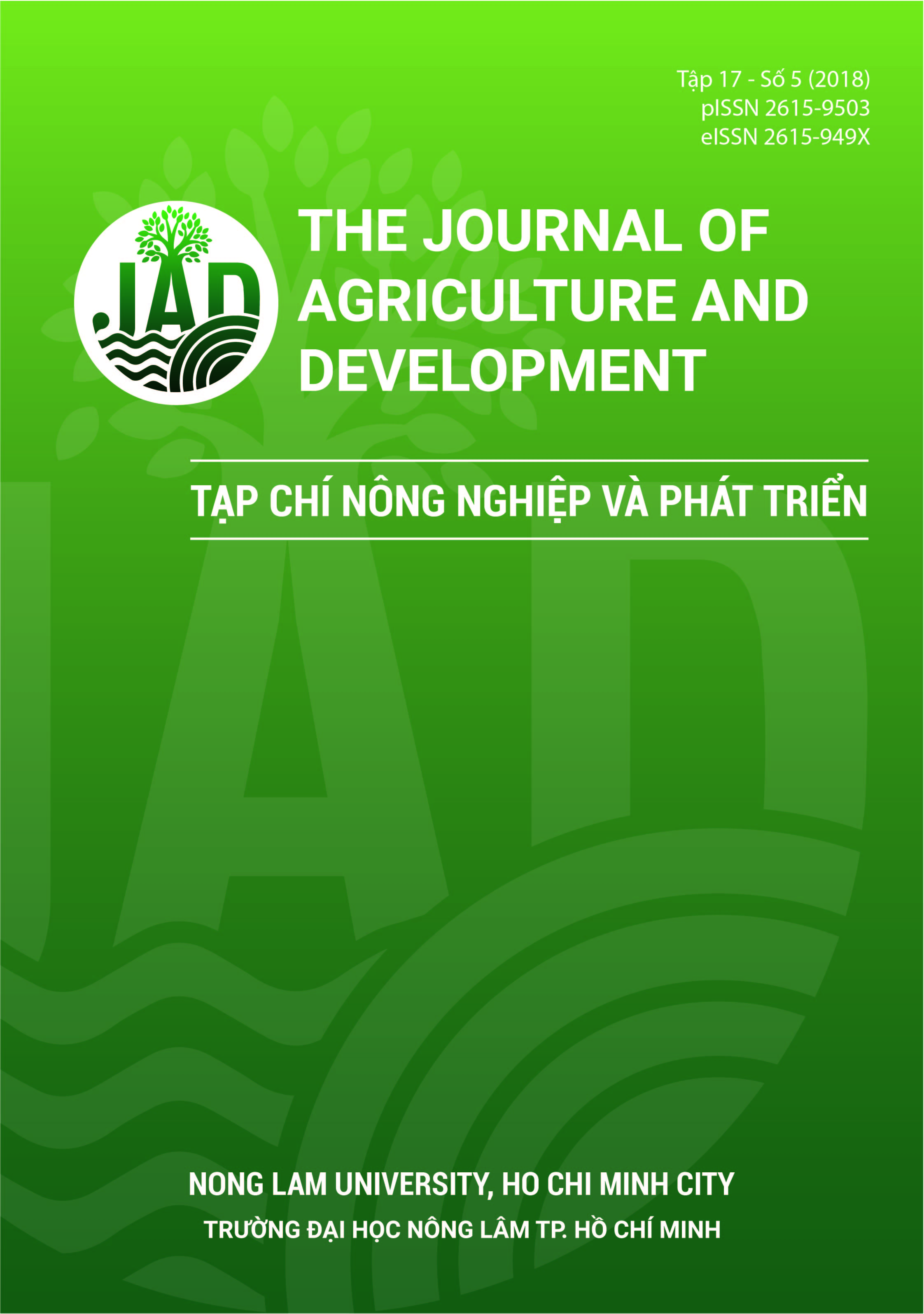Adjustment of the formula of local surface water quality assessment
Main Article Content
Abstract
Water quality index (WQI) is widely applied for the assessment of water quality (WQ) according to decision No. 879/QD-TCMT of the Ministry of Natural Resource and Environment in most of the provinces. During the application process, the WQI has revealed many problems, such as inacculate assessment of water quality status, not addressing locally economic, social and environmental conditions, and easy misleading when using abnormally increaed values,... To resolve the above problems, the paper presents the steps to adjust the water quality index based on the current water quality components of the old WQI formula, the fuzzy comprehensive evaluation theory with the Entropy rate method. With the surface water quality data series and the status of the water use in the main river canal system in Vinh Long City from 2012 to 2017, the computation steps of coefficients and rates of the assessing water quality components are identified; through the new assessment water quality formula is adjusted and tested.
Article Details
References
Alex. W. D., van Gelder,. P. H. A. J. M., & Vrijling, J. K. (2009). Risk assessment of petroleum pipelines using a combined analytical hierarchy process - Fault tree analysis (AHP-FTA). Cham, Switzerland: Springer International Publishing.
Che, L. D. (2013). Application of “fuzzy” comprehensive evaluation method in the model of water quality assessment of Saigon River flowing through Binh Duong Province. Journal of Environment 6, 30-42.
Bui, H. V., & Tran, N. M. U. (2017). Evaluation of the current status of surface water quality at main canal in Vinh Long province (Unpublished master’s thesis). University of Science, Ho Chi Minh City, Vietnam.
Ji-hong, Z., Cai-lian, H., Jun-guang, Z., & Li, P. (2009). Water quality assessment of Zhanghe River based on fuzzy evaluation method. Retrieved December 20, 2009, from https://ieeexplore.ieee.org/document/5406823.
Jun-Jian, Q., Xin-Wu, Z., & Yan-Rui, Z. (2008). The application offuzzy comprehensive evaluationn on the water quality of Changiiang River 2008. Retrieved August 12, 2008, from http://xplorebcpaz.ieee.org/stamp/stamp.jsp?tp=&ar number-4620637.
Panchal, J. (2011). Fuzzy classifìcationan overview. Cham, Switzerland: Springer International Publishing.
Raman, B. V., Reinier, B., & Mohan, S. (2009). Fuzzy Logic Water Quality Index and Importance of Water Quality Parameters. Air, Soil and Water Research 2, 51-59. https://doi.org/10.4137/ASWR.S2156
VEA (Vietnam Environment Administration). (2011). Decision No. 879/QD-TCMT in according to WQI manual calculation handbook. Ha Noi, Vietnam: Ministry of Natural Resource and Environment.








